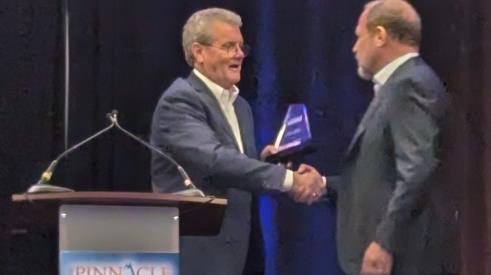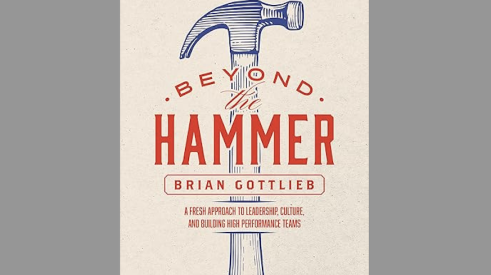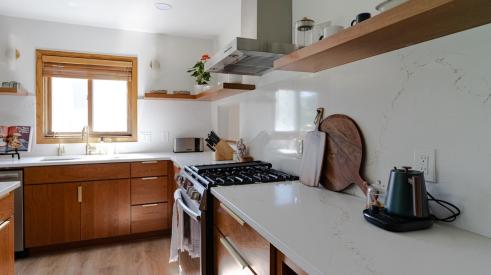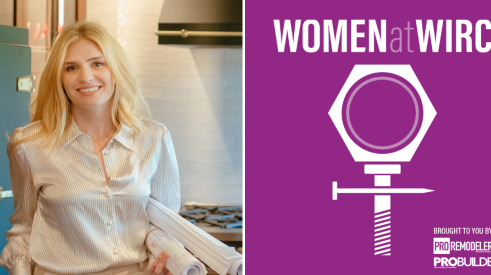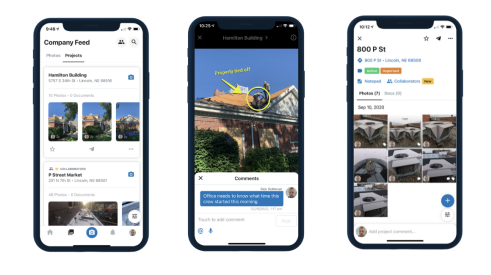In January, I ruptured my Achilles tendon. I was playing pickleball, a strangely named game that is a cross between tennis and badminton and has nothing to do with vegetables. The action is sometimes fast and furious, and while my reactions are still pretty good, apparently my muscles and tendons aren’t as resilient as they used to be. While lunging to return a volley, I heard a loud pop from my left ankle, and when I pulled off my sneaker and sock, it was obvious that my Achilles was missing. Oddly, I felt only mild pain when it happened, and not much since.
I opted for a nonsurgical treatment that results in less risk of reinjury and involves immobilizing the foot for two weeks to allow the tendon to regenerate and reattach. (Who knew tendons could do that?) Here in week 14 of my rehabilitation, the experience holds many lessons, a few of which are listed below. And since my physical therapist tells me that I’m not quite halfway through my rehab, I’ll have until at least September to learn even more.
Design Deficit
The very first thing I learned is how many obstacles houses (and the built environment in general) present to people who are injured or disabled. For two weeks after the accident, I wore an air cast to immobilize my foot. It was big and cumbersome, and got in the way of dressing, showering, sleeping, and just about everything else. It also meant walking around on crutches, which I did for about four weeks, and believe me, there is no fun in that. Stairs are difficult at best and dangerous at worst; for that first month, I sat my way up and down, one stair at a time.
Taking a shower was an adventure. I could get over to the shower okay, but getting in and out was tricky, even with no threshold. Then, while showering I had to stand on one leg. Over a longer term, I might have used a stool or chair, but lack of grab bars would still have been an issue.
Outside the house, where it was the middle of winter, ice and snow created a perilous obstacle course, both while on crutches and, later, without them but still booted. Thank goodness for automatic door openers, although they were operational in only about half the commercial buildings I entered.
The very first thing I learned after my injury is how many obstacles houses (and the built environment in general) present to people who are injured or disabled.
Universal design is something most remodelers think of as an accommodation to aging or congenital disabilities. But good design anticipates people of all abilities, including those who are temporarily disabled by injury.
Use It or Lose It
Although I have regained full motion and can walk without any trouble, my brand-new tendon can only support about 20% of my body weight. In fact, most of my therapy is now directed at regaining strength in the muscles of my foot, and in the two calf muscles (soleus and gastrocnemius) that merge to form the Achilles tendon. This loss of strength is mainly the result of just those two weeks of immobility following the injury.
Obviously, muscles need frequent exercise to maintain strength, and that got me thinking about how this truth might apply in other aspects of our lives. If, for example, we fail to engage the full potential of our employees, individually or as a group, they underperform, lose interest, or find another job. Either way, replacing or accommodating lost skills is costly. Likewise, if we fail to make the effort needed to maintain relationships with our clients, we have to work 10 times as hard to rebuild the connection.
An Ounce of Prevention
It’s easier to stop something from happening in the first place than to repair the damage after the fact. I’m not sure that more stretching or a longer a warm-up would have prevented my accident. But when it comes to the vulnerabilities of a remodeling business, an ounce of prevention is worth well more than the proverbial pound of cure. That’s true of your efforts to ensure the safety of your employees, but also of the steps you take to protect a client’s property, save a sale, repair the relationship with a sub, or secure a line of credit.
If I had to snap my Achilles, I’m glad it happened in winter, when the cold keeps me inside most of the time anyhow. As it is, I’m almost ready for golf season.
And pickleball? It’s off my list.
Related Stories
Brian Gottlieb Receives Remodeling Mastery Award
Presented by industry icon, Mark Richardson, the award celebrated Gottlieb’s extraordinary impact on remodeling
What's Beyond the Hammer?
Working with Brian Gottlieb on the book Beyond the Hammer provided a masterclass on how to build an aligned team
Real AI Applications For Remodelers
Tech-forward remodeler Michael Anschel shares how he uses artificial intelligence in his business.
How to Eliminate Boring, Languishing Meetings
Leff Design Build ensures maximum productivity and efficiency through these straightforward methods
5 Counterintuitive Strategies to Improve Your Business
Follow these strategies to inspire employees, instill trust, and beat the competition
Couple Act As Much More Than General Contractors
How LBR Partners uplifts and educates their Spanish-speaking trade partners
How to Train for and Run Effective Design-Build Meetings
On this episode of Women at WIRC, Morgan Thomas of LEFF Design Build shares how to maximize your time by creating a culture around effective, collaborative meetings
Pro's Picks: A Real-Time Project Communication and Management Tool
This remodeler says this product allows for easy, quick, real-time communication with team members in the field and in the office
How to Create a World-Class Remodeling Team
Great remodeling companies position themselves for the future with the right players
Everyone Should Have a Number: KPIs for Your Design Build Team
Measuring key performance indicators guides your team to success while creating accountability and ownership



